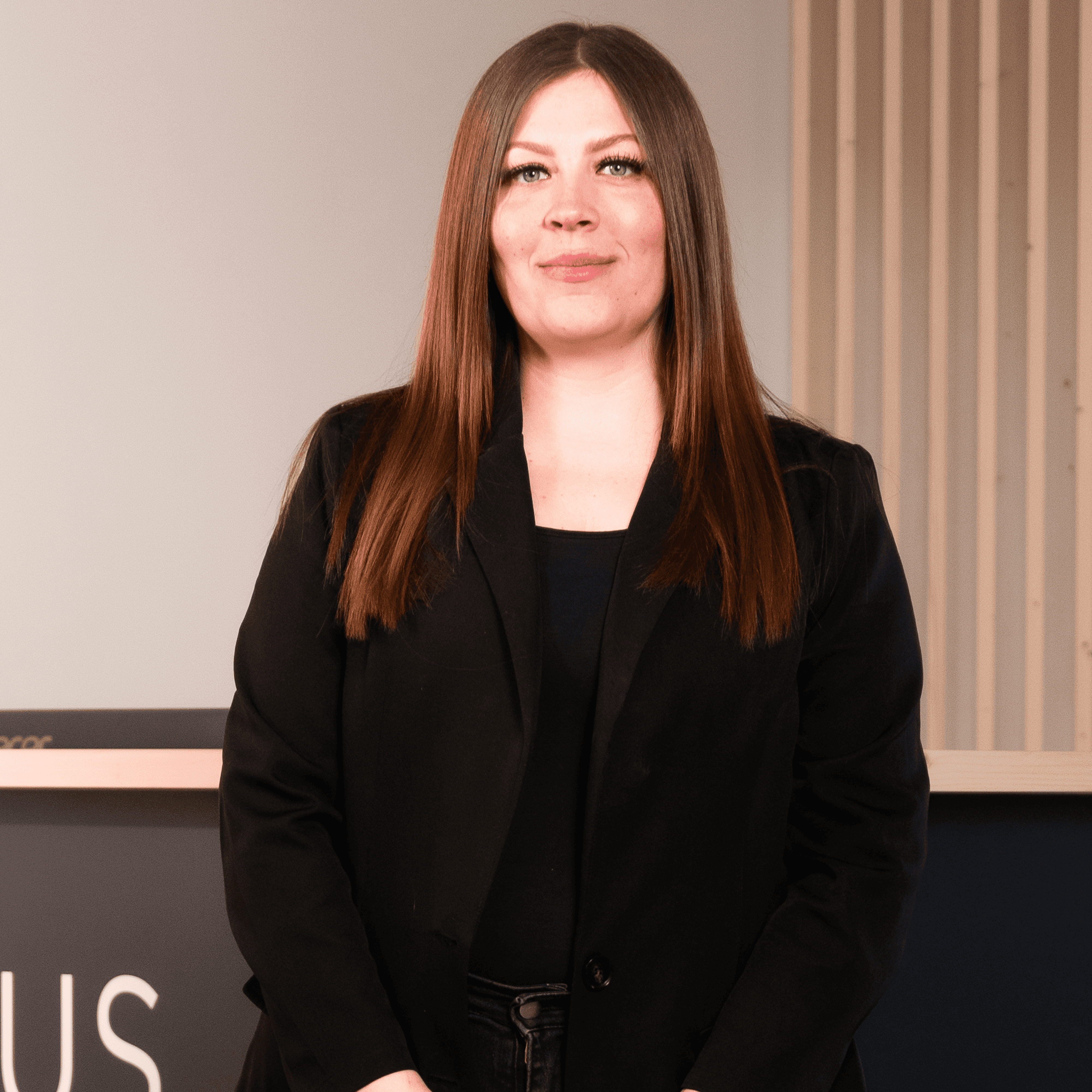Unified Multiphysics Modeling: From Concept to Scalable Execution
Autor:
Jenny Kollak
Date:
Jul 17, 2025
In this webinar, we present a next-generation open-source multiphysics framework designed for flexible, scalable, and robust simulation of multi-region continuum problems within the OpenFOAM ecosystem. With a novel modular architecture, this framework enables seamless integration of arbitrary physical subdomains and supports both monolithic and partitioned coupling strategies - at the level of each individual transport equation.
You will gain deep insights into the formulation of generalized interface conditions, the software's layered C++ design, and its application to problems ranging from conjugate heat transfer to multiphase flows, lithium-ion batteries, and FSI. Whether you are developing new solvers or looking to simulate advanced coupled systems at scale, this session is tailored to accelerate your work.
The learning objectives:
· Understand the unified mathematical formulation behind coupling
· Learn to assemble region- and interface-specific physics independently
· Apply monolithic and partitioned coupling strategies effectively
· Gain fundamental strategies for domain decomposition and parallel execution
· Explore how to use the framework in real-world applications and benchmarks
Who is the webinar suitable for?
· Researchers and engineers working on coupled physics simulations
· Computational scientists building high-fidelity digital twins
· Developers of fuel cell, heat transfer, FSI, and multiphase flow models
· HPC specialists seeking modular and scalable CFD multiphysics solutions
· Advanced OpenFOAM users developing custom solvers
An Overview of the Webinar Topics
Introduction to computational multiphysics and its motivation
Mathematical foundation: generalized equations and interface conditions
Design philosophy: modularity, extensibility, and high-performance parallelism
Implementation features: run-time selection, object registry, coupled boundary conditions
Deployment examples: Conjugate Heat Transfer (CHT), Lithium-Ion Batteries, Multiphase Flow, and Fluid-Structure-Interaction (FSI)






